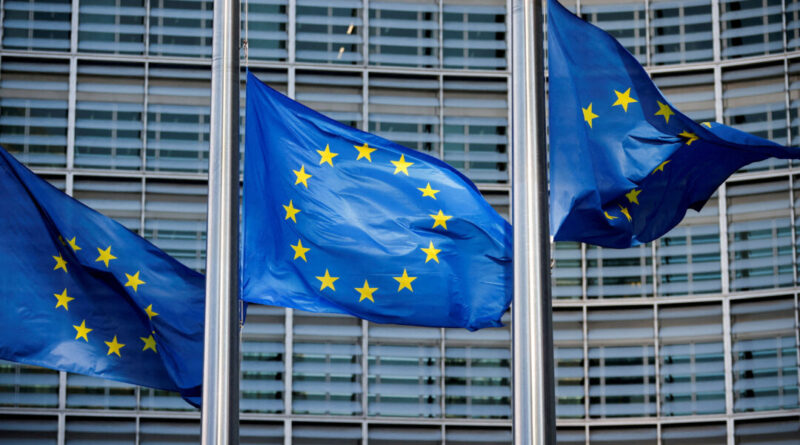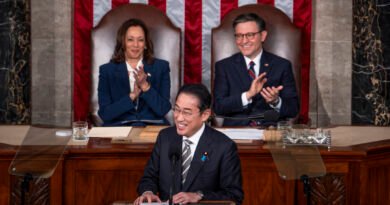EU approves €35 billion loan to Kyiv supported by seized Russian assets
These assets were frozen shortly after Moscow’s full scale invasion of Ukraine began in February 2022.
The European Union agreed on Wednesday to give Ukraine up to 35 billion euros ($38 billion) as part of the bloc’s share in a larger planned loan from the G7 nations backed by frozen Russian central bank assets.
In June, the G7 and EU announced they would provide a $50 billion loan to help Ukraine, serviced by profits from Russian assets seized in the West.
These were frozen shortly after Moscow’s invasion of Ukraine began in February 2022.
More than two-thirds of the assets, some $223 billion, are held in the 27-nation EU, and most are held by Belgium’s depository Euroclear.
With Wednesday’s agreement, the EU can rely on headroom in its budget as a guarantee in case the restrictions on the assets are lifted.
All the EU’s sanctions on Moscow must be renewed every six months via a unanimous EU vote.
However, Hungary, which has a slightly more skeptical view of the war, has on several occasions tried to block sanctions and measures to fund Ukraine and could halt a renewal.
Budapest—which holds the six-month rotating EU presidency—does not want to discuss any possible extension for the holding of the assets until after the U.S. election next month.
The European Commission proposed extending the renewal period from six months to three years, but Hungary did not table the proposal during envoy discussions, EU diplomats said.
The commission’s loan proposal also needs to be approved by the European Parliament as it pertains to the EU’s budget.
EU parliamentarians are expected to vote on the package on Oct. 22.
The agreement helps bypass Hungary’s refusal to extend the renewal period.
The loan, an “exceptional macro-financial assistance (MFA),” was able to pass quickly as the measure only required a qualified majority vote rather than unanimity.
“The aim is to make the MFA loan available in 2024, with disbursement in 2025, to be repaid over a maximum period of 45 years,” the council statement said.
The day after the agreement, Ukrainian President Volodymyr Zelenskyy held talks with NATO chief Mark Rutte and British Prime Minister Keir Starmer in London.
The leaders discussed Ukraine’s proposed “victory plan” and whether Kyiv could use Western missiles against targets in Russia.
Starmer and Zelenskyy have both said the war with Russia is at a critical point, and the Ukrainian leader is keen for the West to give further support to try to change the balance on the battlefield.
Zelenskyy has pushed for the United States and the UK to let Kyiv use long-range missiles donated by its allies inside Russian territory, something Rutte confirmed came up at the meeting.
“We discussed it today, but in the end, it is up to the individual allies,” Rutte told reporters in Downing Street after the talks.
Starmer’s spokesperson said there was an “ongoing discussion between the UK, Ukraine, and international partners about how we help Ukraine heading into the winter.”
“We obviously want to put Ukraine in the strongest position. But no war has ever been won by a single weapon. And on Storm Shadow [missiles] specifically, there has been no change to the UK government’s position on the use of long-range missiles,” the spokesperson said.
Reuters contributed to this report.





